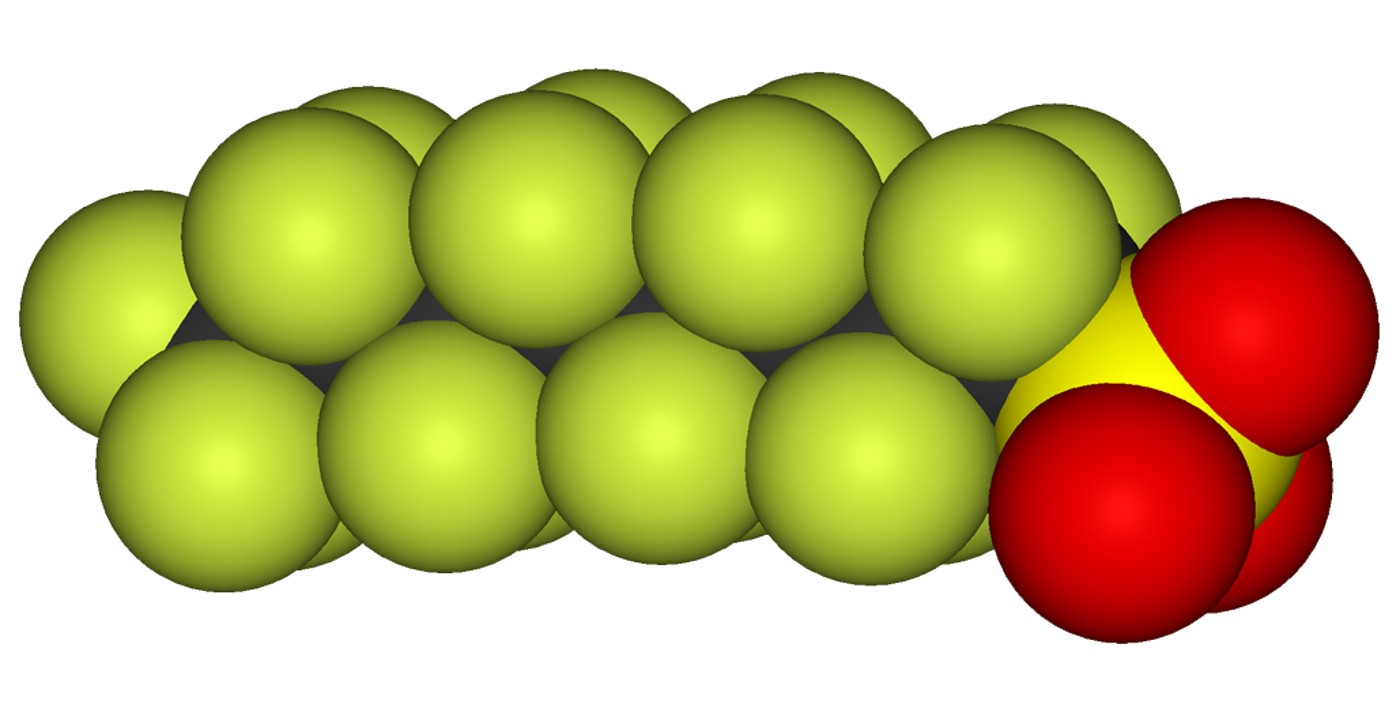The media has dubbed them “forever chemicals,” but now scientists are putting their name to the test.
Perflourinated or polyfluorinated alkyl-substances (PFAS) are known to be nearly impossible to break apart, and tend to accumulate in groundwater sources, soils, and other places. Their health effects are known, as is a new method to destroy 99% of them in water sources.
Known as “supercritical water oxidation” (SWO), a paper recently published found the procedure could destroy 99% of of a wide variety of known and unknown PFAS contained in a water sample.
When water is heated to to 374°C (705.2°F) under pressures of 220 bar, it becomes not gas, nor liquid, but a state known as supercritical. Here, accelerated oxidation and other reactions cause the PFAS to dissolve into component elements, which can be more readily collected and disposed of.
In testing SWO, the EPA-backed researchers found that only 27% of the weight of the water sample’s fluorinated content came from the PNAS the scientists were targeting, suggesting a large portion belonged to forever chemicals not identified in the study. Such a finding lends huge credence to SWO as a cleaning method.
RELATED: Tap Water Produces a Protective Shield Against Microplastics, Scientists Discover
“As a destructive technology, SCWO may be an alternative to incineration and could be a permanent solution for PFAS-laden wastewaters rather than disposal by injection into a deep well or landfilling,” the authors write in their paper.
Discovering a way to destroy these chemicals is valuable because restricting their manufacturing and use would be difficult because they are prized for their ability to resist oil and water, and high temperatures—and because they are one of the principal components of fire-fighting technology.
CHECK OUT: New Hydrogel Tablet That Can Purify a Liter of River Water in an Hour
“Given that supercritical water oxidation systems are already commercially available, this may be a technology that could soon be deployed for significantly impacted sites or wastewaters,” lead author Max Krause told Scientific American. “We are currently evaluating air emissions to understand all of the pathways and to be certain we are destroying the PFAS.”
SHARE This Research Breakthrough With Others Online…




















